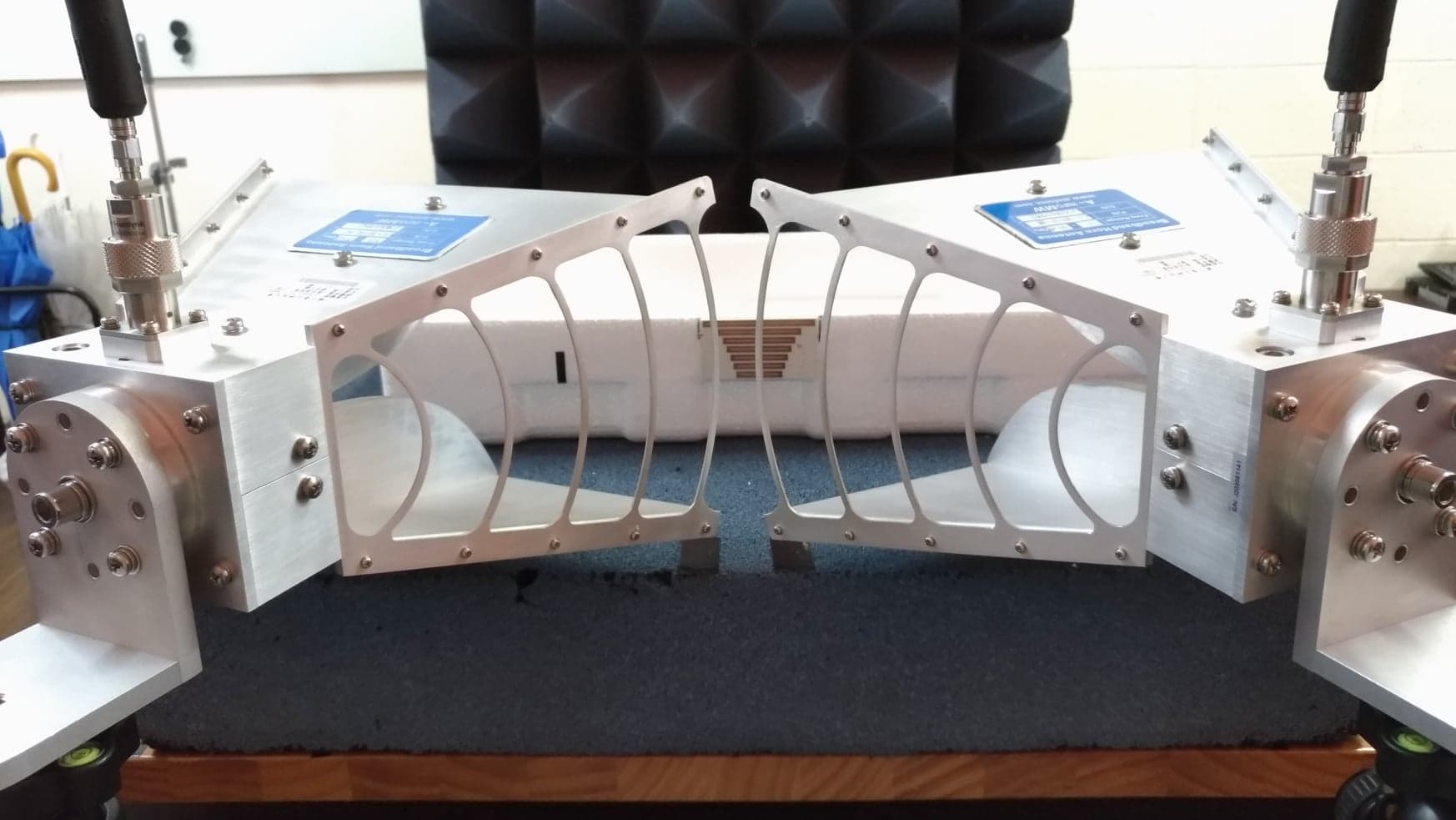Automatic Topology Generation of Chipless RFID Tags for Academic Library Management

| Name | Year |
| Tong-Yang Jiang | 2018 |
| Keywords | |
| Radiofrequency identification, encoding, resonator, radar cross-section, design automation |
In this dissertation, a chipless radiofrequency identification (RFID) system is designed and implemented for library collection management. We propose a new technique to generate the topology of chipless tags automatically and non-iteratively, and we test the reliability of the system in full-wave simulation. In recent years, there has been an increase in the number of publications on chipless RFID, as this technique is capable of reducing system costs through the elimination of tag chips. However, chipless RFID is still at an academic stage of development; this technique has not been implemented in real world, and the specification is not established. In this study, we transform the barcode number of each library collection to a chipless tag by using frequency encoding, and we point out the limitation of the conventional approach, which defines the frequency range at first and design the tag subsequently. We first analyze the bandwidth of radar cross-section (RCS) for 37 potential resonators. From the comparison table of the RCS results, we observe the most suitable topology among them, and we determine the bandwidth of a frequency slot. Next, the upper and lower bounds of the operating frequency are identified through the investigation of the RCS bandwidth, which is the function of the width of a strip/slot. Our analysis depicts that the frequency range is desired to be 1.7–4.7 GHz; the most suitable topology in a tag is a half-wave slot, and each tag consists of seven half-wave slot resonators.
As the number of library collections runs to 350 hundreds, the barcode number should not be converted to a chipless tag in a manual way, or transformed by an iterative and complicated algorithm. This relies on a structure where the mutual coupling between resonators is improved and the number of design variables is reduced. To this end, we develop a tag that depicts a low-mutual-coupling characteristic, and we propose a technique to generate the topology of the tag in an automatic and non-iterative manner. The proposed technique is examined in 37 samples of barcode numbers. Each barcode number is encoded as a chipless tag, and the RCS of the tag is simulated and compared with the original ID. As a result, all the chipless tags are successfully detected when the orientation angle is zero degrees. The samples of the chipless tags are also fabricated and tested. In summary, this dissertation provides design guidelines for the real-world implementation of high-capacity chipless RFID.
 Publications
Publications
- Y.-S. Chen, T.-Y. Jiang, and F.-P. Lai, “Automatic topology generation of 21-bit chipless radiofrequency identification tags using a non-iterative technique,” IEEE Antennas Wireless Propag. Lett., vol. 18, no. 2, pp. 293–297, Feb. 2019.
- Y.-S. Chen, T.-Y. Jiang, and F.-P. Lai, “Design rule development for frequency-coded chipless radiofrequency identification with high capacity,” IET Microw. Antennas Propag., vol. 13, no. 8, pp. 1255–1261, Jul. 2019.
- F.-P. Lai, T.-Y. Jiang, and Y.-S. Chen, “Development of design rules for chipless radio-frequency identification with enhanced data capacity,” in Proc. 13th Eur. Conf. Antennas Propag., Krakow, Poland, Apr. 2019, pp. 1‒5.
- T.-Y. Jiang, F.-P. Lai, and Y.-S. Chen, “RCS analysis for frequency-coded chipless RFID tags using single-sided printed resonators,” International Symposium on Antennas and Propagation (ISAP 2018), Busan, South Korea, Oct. 2018, pp. 1‒2.
- T.-Y. Jiang, F.-P. Lai, and Y.-S. Chen, “Robustness improvements of chipless radiofreqeuency identification using a combinatorial encoding scheme,” in Asia Pacific Wireless Communications Symposium (APWCS), Hsinchu, Taiwan, Aug. 2018, pp. 1‒3.
- T.-Y. Jiang, F.-P. Lai, and Y.-S. Chen, “Investigation of the bandwidth of resonators for frequency-coded chipless radio-frequency identification tags,” in Wireless and Optical Communication Conference (WOCC), Hualien, Taiwan, Apr. 2018, pp. 1‒4.





